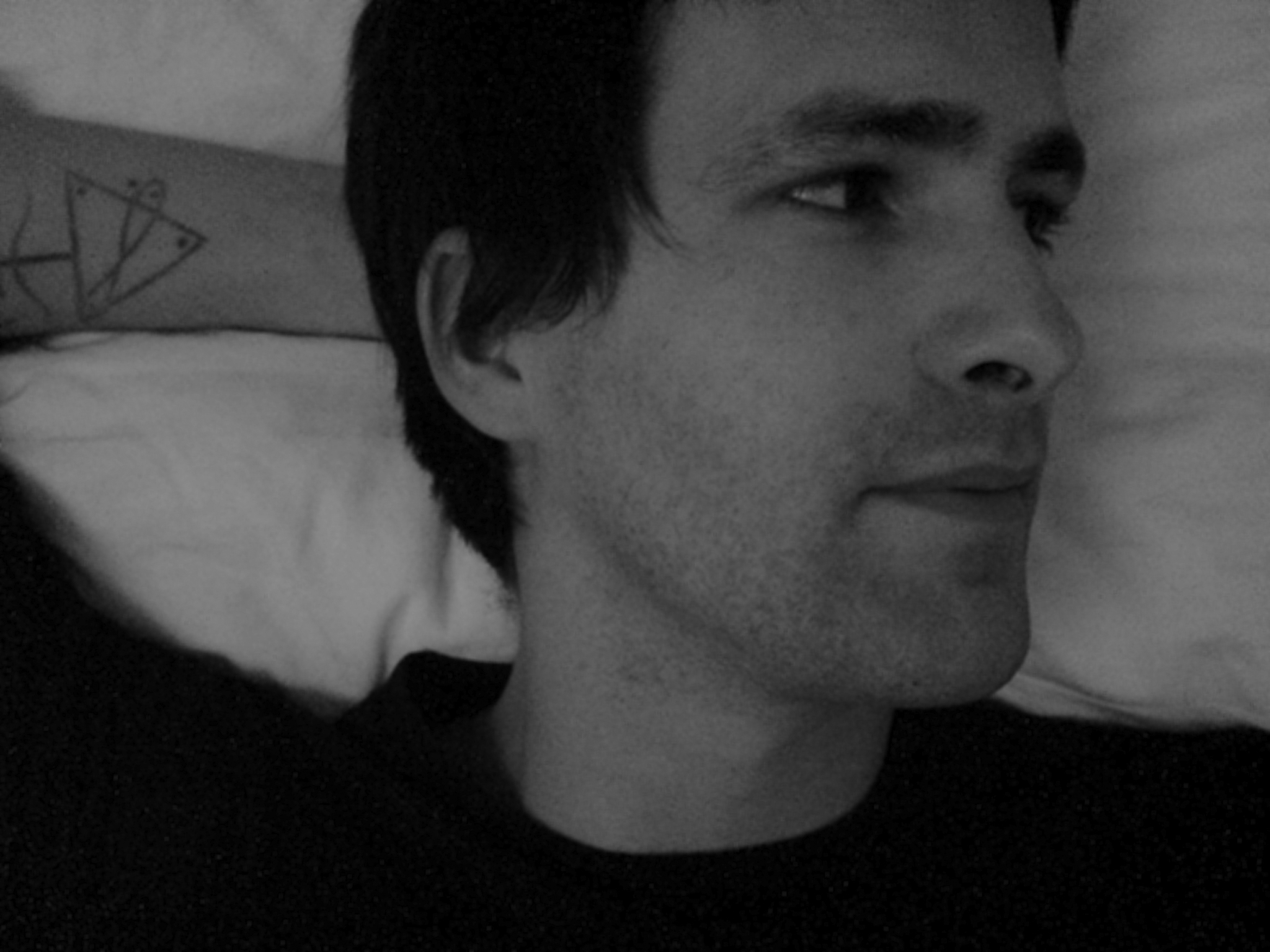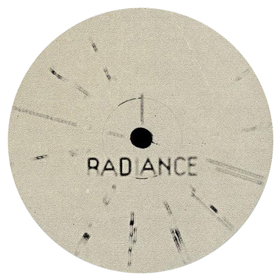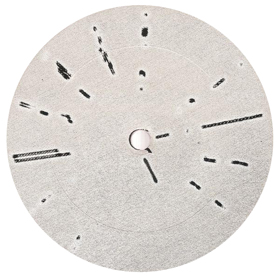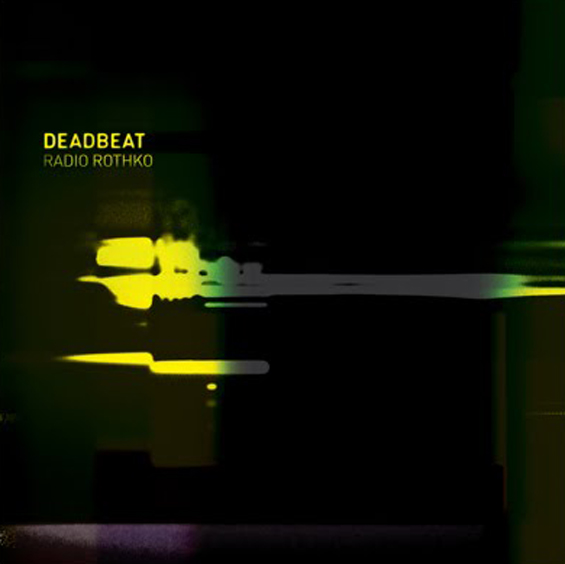Albums
Atmogat
Autechre
Autistici
Bitcrush
Black Gold 360
Sylvain Chauveau
Cut Iowa Network
Delicate Noise
Dof
The Element Choir
FNS
Four Tet
Gutta Percha
Greg Haines
Chihei Hatakeyama
Ian Hawgood
Jóhann Jóhannsson
Kahn and Mueller
Konntinent
L/M/R/W
Francisco López
Aaron Martin
Musette
Near The Parenthesis
Offthesky
Dustin O'Halloran
Redhooker
Relmic Statute
Ruxpin
Sintetic-Collage
Sister Overdrive
Starkey
Tokyo Mask
Youth Pictures of F. Hend.
Compilations / Mixes
Agoria
Advent
My Private Space
Peeling
Untitled 10
EPs
Amman.Josh
A Wake A Week
Tolga Baklacioglu
Boxharp
Cursor Miner
Abe Duque
EPROM / Eskmo
Funckarma
Florent Ghys
LJ Kruzer
Lobisomem
Maps and Diagrams
Moving Dawn Orchestra
Marcello Napoletano
Alexandre Navarro
Obsidian
Glen Porter
Nigel Samways
The Soul's Release
Sparkhouse / Jacksonville
Subeena
Talvihorros

DEADBEAT: BACKTRACKING RADIO ROTHKO
(OR HOW I VERY NEARLY DROWNED IN AN OCEAN OF DUB)
by Scott Monteith
I will never forget my first encounter with Basic Channel. Though the exact date escapes me, the location was the Dr Disc record store in Kitchener, Ontario, Canada. I had only recently begun haphazardly digging through their meager crates of dance music, looking for tracks that held that elusive magic, something that made me dance like a madman at the raves I had also only recently begun attending in nearby Toronto most weekends. I only knew a few DJs at the time and had only the faintest hopes that I might some day own enough records that I might be able to string together a coherent set worthy of some setting outside of my friends' basements and bedrooms. The record in question caught my attention even before I discovered the otherworldly hiss and throb hiding between its interlocking grooves. The stampers looked as if they might be photocopies, the original design all but destroyed by the process of reproduction. The only semblance of traditional labeling was the word Radiance, spelled out in equally corroded typewriter text. Was this the artist, the track title, the label? Perhaps a cheap Canadian bootleg of some famous record from the shadowy figures in nearby Detroit everyone seemed to hold in such high regard? Actually listening to the record only confounded the situation further. Indeed, that first encounter very nearly ended with me promptly placing the record back in the bin, as I was certain there was something wrong with it. Both sides were rife with surface noise and crackle, clearly the product of mistreatment by the Neanderthal rock heads who ran the place or further proof of mytheory that it was some cheap knock-off of an unknowable original from God knows where. Butagainst all odds, something in the music struck a chord with me, and along with a handful of other records I have long since forgotten, Radiance came home with me that day, and in short order became the first record I have ever owned that I played until the needle would no longer stay in its grooves.


My listening habits immediately prior to this had centered around the likes of Skinny Puppy, Throbbing Gristle, Coil, et al. My parents had recently gotten divorced and industrial music conveyed the total dissatisfaction I felt far better than the cleanly marketed teenage angst coming out of Seattle that was being so readily consumed by the majority of my friends. It was noisy, aggressive, and difficult music, and it drove my parents nuts. Its inferred links with mysticism and Crowleyian magic inspired my imagination. What it failed to provide me with, however, was any semblance of community. It is, without a doubt, absolutely no fun at all to feel pissed off and misunderstood and have no one to share it with. My cultural loneliness was by no means for lack of effort. I went to every industrial club night and concert in close proximity I could sneak into. Time and time again I was treated to rooms full of exclusively white, black haired, anglophile piercing fanatics, ten to fifteen years my senior, all of whom seemed interested in nothing more than luring sixteen-year-old goth girls back to their cockroach-infested apartments with tales of their extensive record collections and stories of the time they met Trent Reznor. I was simply too young and too Canadian to engage with the industrial scene. No great surprise then that the openness, cultural diversity, and, at the time, vehement anti-rock star-ism of the rave scene hooked me immediately. And while it was initially the pounding dutch gabba and mid-west acid that appealed to my industrially trained ears, it was ultimately the slow-burning darkness and tectonic bass weight of Basic Channel and their early cohorts that changed my keen interest in techno into a full-time obsession.
As Philip Sherburne so eloquently states in his liner notes for my Radio Rothko mix, no serious discussion of dub techno can take place without considering the massive influence, and indeed, genre defining work of Basic Channel. In the process of selecting tracks for the mix, however, I came to the terrifying realization that even their work, which I look upon with such reverence, would ultimately have to fall under the knife of critical scrutiny. In a genre with such seemingly rigid signifyers, how was I going t show the vast diversity I knew it contained? What were the actual critical parameters which in my mind provoked me to say track A was inspiring and fresh and track B a rehashing of the same old crap when on the surface to the casual listener they might seem incredibly similar? A slippery slope indeed. What follows is my best crack at an explanation.
Deadbeat: "Magnetic North" (Radio Rothko, the Agriculture)
Much like the reggae versions from which it takes its name, dub techno is drum and bass music first and foremost. At its best, its rhythms, though spartan and unchanging, should, at sufficient volume, propel the body into lockstep with its unrelenting grooves. Regardless of what tempo is currently fashionable, in other words, this is dance music first and foremost. And while melody can often seem to take a back-seat to effects in the majority of dub techno tracks, delays and reverbs can only ever echo the material that is being fed into them. If the sound going in lacks harmonic richness and enough complexity in either timbre or melody to allow the mind to wander, the illusion of endless time and space immediately falls flat. Reggae dubs succeed in that they are echoing the performances of some of the greatest musicians and singers of all time. Snatches of familiar melodies and lyrics appear and disappear, allowing the listener's minds to fill in the gaps. Clearly we certainly can't all have Sly and Robbie and Max Romeo tucked away in our closets to be fed into the echo chamber whenever inspiration strikes. However, I feel that the greatest modern dub tracks (-techno, -step, etc) create the illusion that one is hearing fragments of some greater whole, invoke a sense of endless space and possibility, and in so doing provide an unmatchably democratic listening experience. In a nutshell, here's the groove and a ton of charged air; you fill in the gaps.
All of the tracks that I selected for the Radio Rothko mix exist within this realm of fuzzy logic. It was never going to be a definitive genre retrospective with only a single CD with which to survey the endless sea of material that has been composed over the last fifteen years. It is my sincere pleasure, however, to highlight some of the tracks and artists that have inspired me so much, and I sincerely hope that people will take as much pleasure from listening to it as I did putting it together.

DEADBEAT
April 2010
![]()